Women’s Work: Inspiring Portraits of Pioneering Women Who are Smashing Stereotypes
![]()
For his portrait series and photo book Women’s Work, photographer Chris Crisman set out to pay homage to his mother and inspire his young daughter by highlighting pioneering women who are proving that there’s no such thing as a “man’s job.”
Growing up with a business-owner for a mom, Crisman tells PetaPixel that he never felt that some jobs were meant for men only, but when his daughter Eliza was born in 2014, he became determined to turn this feeling into a concrete reality that he could pass down to her. A short time later, when he was introduced to a friend of a friend who had made the startling career shift from web designer to butcher, vision met opportunity, and Women’s Work was born.
Women’s Work features women in every line of work—from CEOs, to firefighters, to a presidential biographer—but it’s more than a simple portrait series of women working in historically male-dominated careers. The book combines Chris’ photography with poignant interviews in which each of the women share their stories of struggle and triumph, calling on the next generation to continue to tread the paths that they helped pave.
![]()
We recently got the chance to ask Chris a few questions about this project, what inspired it, the response thus far, and what he hopes that Women’s Work will accomplish now that it’s been turned into a photo book. You can read our brief conversation below.
PetaPixel: We were told that the book was inspired by your own mother, as well as your daughter. Can you elaborate on that for us a bit?
Chris Crisman: Growing up, my time was filled working with my parents. I feel like they both were perpetually working. My father worked the 3pm-11pm shift at the local steel mill and my mother ran her dog grooming business out of our home. Since I was either home or at school I ended up spending a significant share of my waking hours around her and her business. I would do the easier less skill craft parts of her job – bathing and drying the dogs, clipping toenails, and cleaning up after the dogs outside the shop.
Little known fact: if you take your dog on a road trip to an unknown location and then just leave them for 3-4 hours, their built up anxiety will likely lead to… me cleaning up after them.
Jokes aside, I really didn’t know how much I learned from my entrepreneurial mother until I started my own business.
My daughter was born in the fall of 2014. As soon as she was born I found myself trying to see the world through her eyes. As a male I cannot speak about the world through the eyes of a female, but my daughter has an incredibly strong voice and she has already helped me better relate. As I was seeing the world through a different lens, I started to develop a better awareness of bias in our society.
Maybe it wasn’t unclear before, but perhaps my acknowledgement of it really shifted as Eliza began to process the world around her. As a child grows you really notice every little change and it is hard to not want to put yourself in their shoes. All of the perception shifts allowed me to be open to my own bias in a working world. Because of my mother I never felt that some jobs were meant for men only.
Because of my daughter I want to do everything in my power to make that feeling a reality.
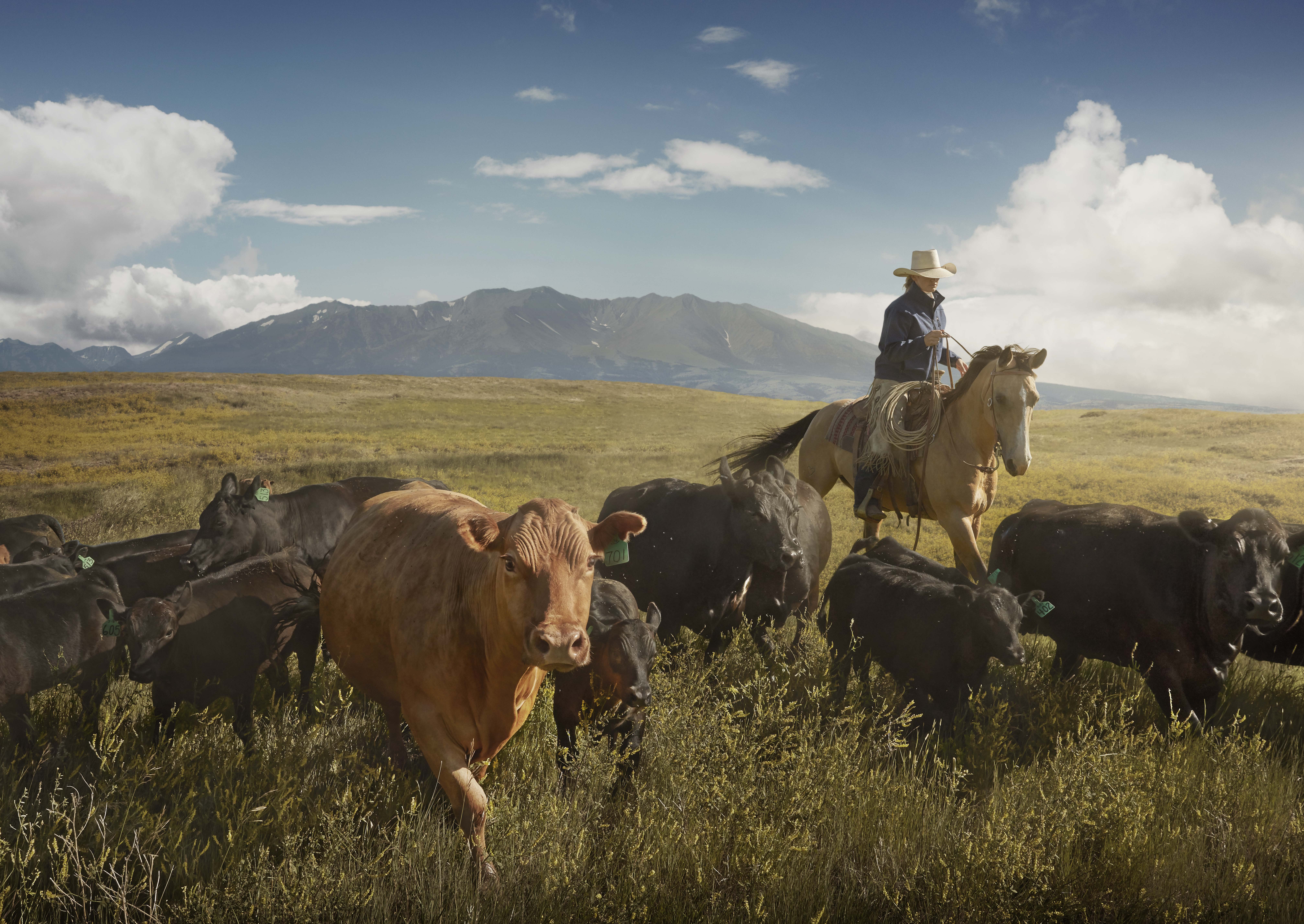
The women you featured cover such a broad swath of careers—from Corporate CEOs and Tech VPs, to Chemists, to Blacksmiths—how did you go about identifying the subjects you wanted to photograph?
I’m inspired by people who craft, create, work with their hands, and work with their minds. The very first shoot for this project came about because I learned about a friend of a friend who had decided to shift her career path from web designer to butcher. With the aforementioned personal relationships in mind, I was very curious about photographing a female butcher.
For my entire life I’ve made a vision in my mind for almost everything I’ve never seen in person. The world had shaped my point of view of what a butcher looked like and I was immediately interested in working with Heather Marold Thomason, the founder of Primal Supply.
Once we had shot and edited the shoot with Heather, I felt that a great project could be derived from the idea of women working in historically male-dominated careers. From there, the process was relatively organic. I started listing professions that I was interested in learning more about through my process, and once we had the list we just started searching for women that were excelling in those careers.
For example, I wanted to work on a shrimp boat. We didn’t immediately find a woman in that career, but we did find a woman who is a lobster fisherman (when we met in person I called her a fisherwoman and she was quick to clarify she is a fisherman). Some of the shoot opportunities offered everything I was envisioning with provided locations and context, others had to be created from scratch in studio. As we developed the project it was important for me to share a great representation of diversity from anyone’s perspective.
The shoots started piling up and, before you know it, we had a body of work that our team really loved.
I want to share some advice on the topic of building a strong personal project. To me it is critical to spend as much time as possible researching your project and developing the intended process for execution (production). Taking the time to really process your approach will make for a clearer vision that will shine through when you start to edit and organize the comprehensive body of work.
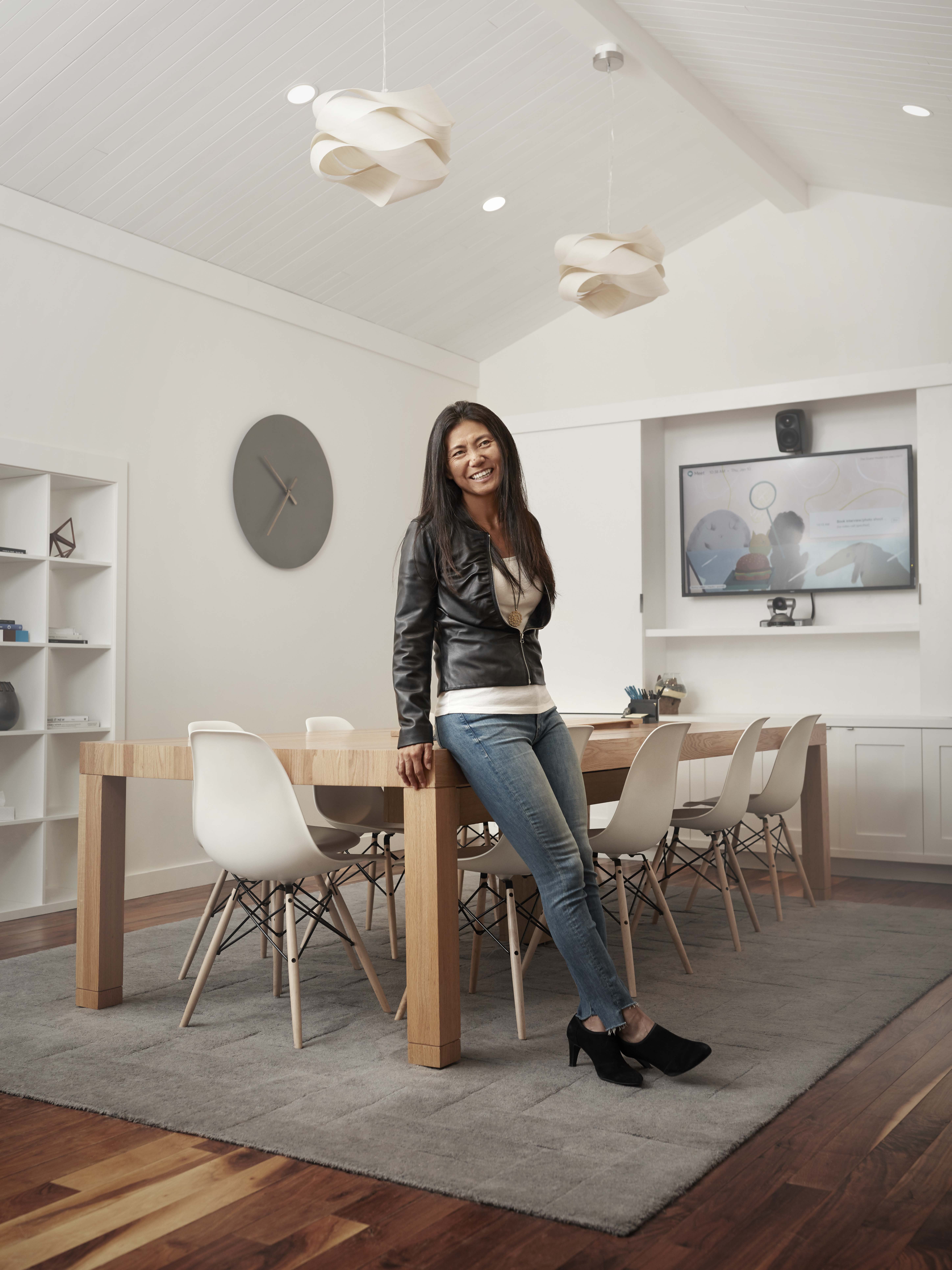
Can you give us a brief overview of how these portraits were shot and edited? I’m sure our readers would love a basic overview of gear used, typical setup, and editing workflow.
The majority of the project was shot on the Canon System. That said, after being a Canon shooter for almost 15 years I finished the project with Sony a7rIV plus Sony glass and now we are all in with this system. I was talking to Mike Ryan from my team about our lighting tendencies these days and we really are quite diverse. I’m excited about mixing available light with shaped strobe or constant lighting. Often it’s just one of those sources. As a commercial photographer I want to be as flexible and nimble as possible so that desire has led me to strive for a comprehensive understanding for all types of lighting.
In terms of editing for this book the process was very consistent. I do use outside digital artists and a few different people have worked with me on the images in this book. The most prevalent being George McCardle. It is important for me to direct the retouching, but over the years I’ve been able to let go of the ground work. Some images are very light on the retouching front, others are very complex composites using base files from multiple camera systems.
Beyond the technical differences, the pillars of my work are consistent throughout, but there’s a few different styles of work included in the project. Many of the images are pre-concepted, but some are response based works. An example of pre-concepted would be Film Critic Mara Reinstein and the image of the Moneymakers. By pre-concepted I mean we are starting from a vision of exactly the image I want to make. Response based work is where you don’t have control of the place, space, and frame; therefore responding to the limitations of the shoot environment. Good examples of these images would be Pat Summit, and Abingdon Mullin.
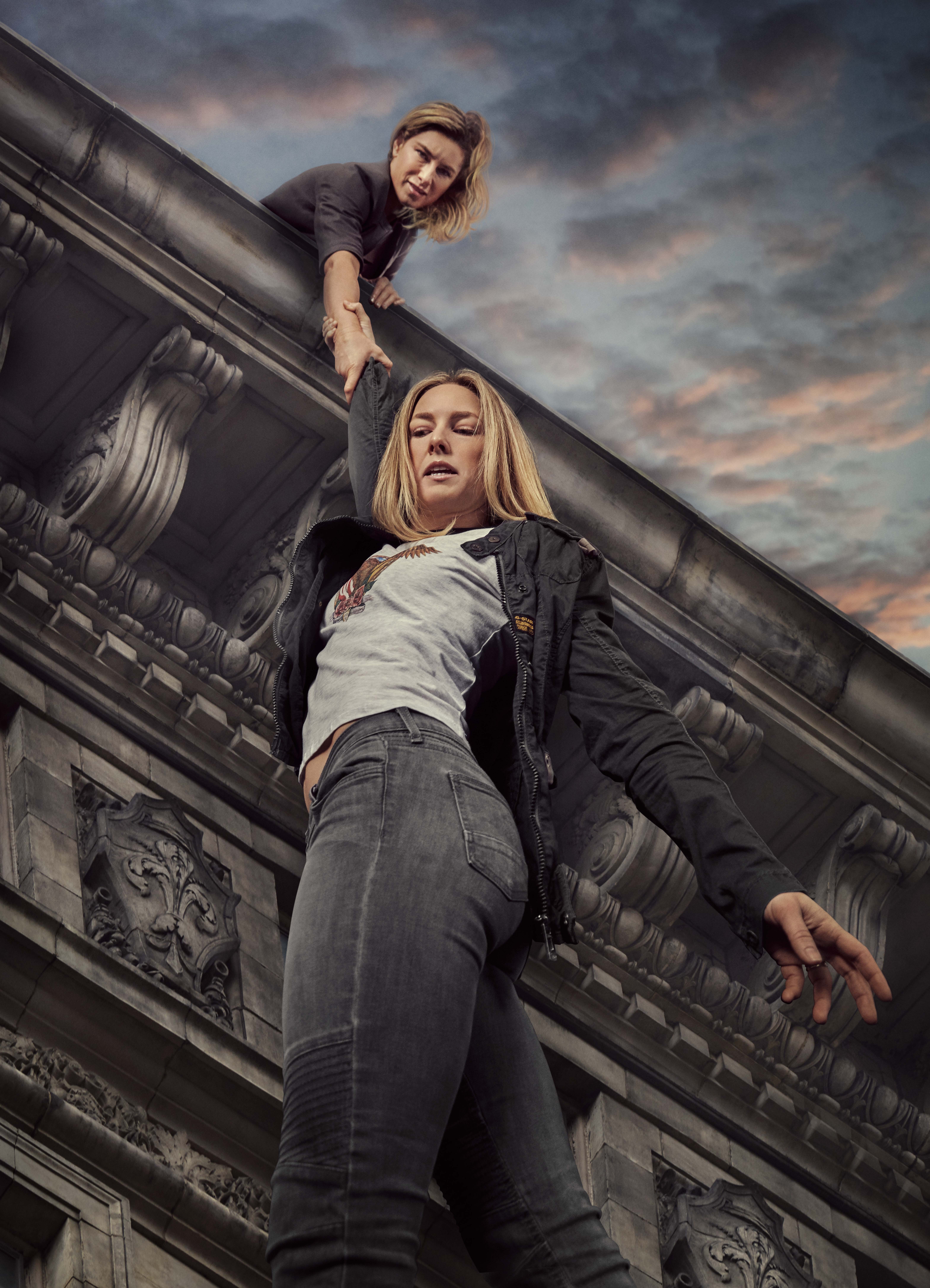
Was any one shoot from the book particularly memorable? In other words: can you share your favorite story from the shooting of Women’s Work?
There isn’t a shoot from this book that I can’t say isn’t memorable. I remember working with the Moneymaker sisters and just being in awe of their mix of precision and enthusiasm for their craft – just incredible. Doris Kearns Goodwin was pure magic. She was captivating with every story she told and she brightened the room each time she stepped in.
If there was one story I’ll never forget it was our day with Lobster fisherman Sadie Samuels. This was the first shoot where we wanted to shoot a mini-doc film as well as the stills for the project. That said, it was an incredibly long day. I think we ended up around 15 or 16 hours in full.
What was so wild was Sadie’s toughness. You see, all day long she had a little bit of sniffle and I knew something was off. She said she was run down from a birthday celebration and the general grind of work. When we wrapped that day I thanked her for toughing it out and we went on our way. A few days later I emailed her and it took a couple days to hear back. When she did reply she told me that she went to the hospital that night because in honesty she was feeling terrible. It turns out the run down feeling was actually her appendix needing removal. Imagine pushing through that and only really showing a sniffle.
If you had to pick, which of the subjects/stories featured in the book did you find most inspiring?
There is one portrait and associated story that really soars above the rest. This would be the one of my mother, Karen Crisman. No story will every top hers and I wouldn’t have been in a position to make this book without her guidance and care.
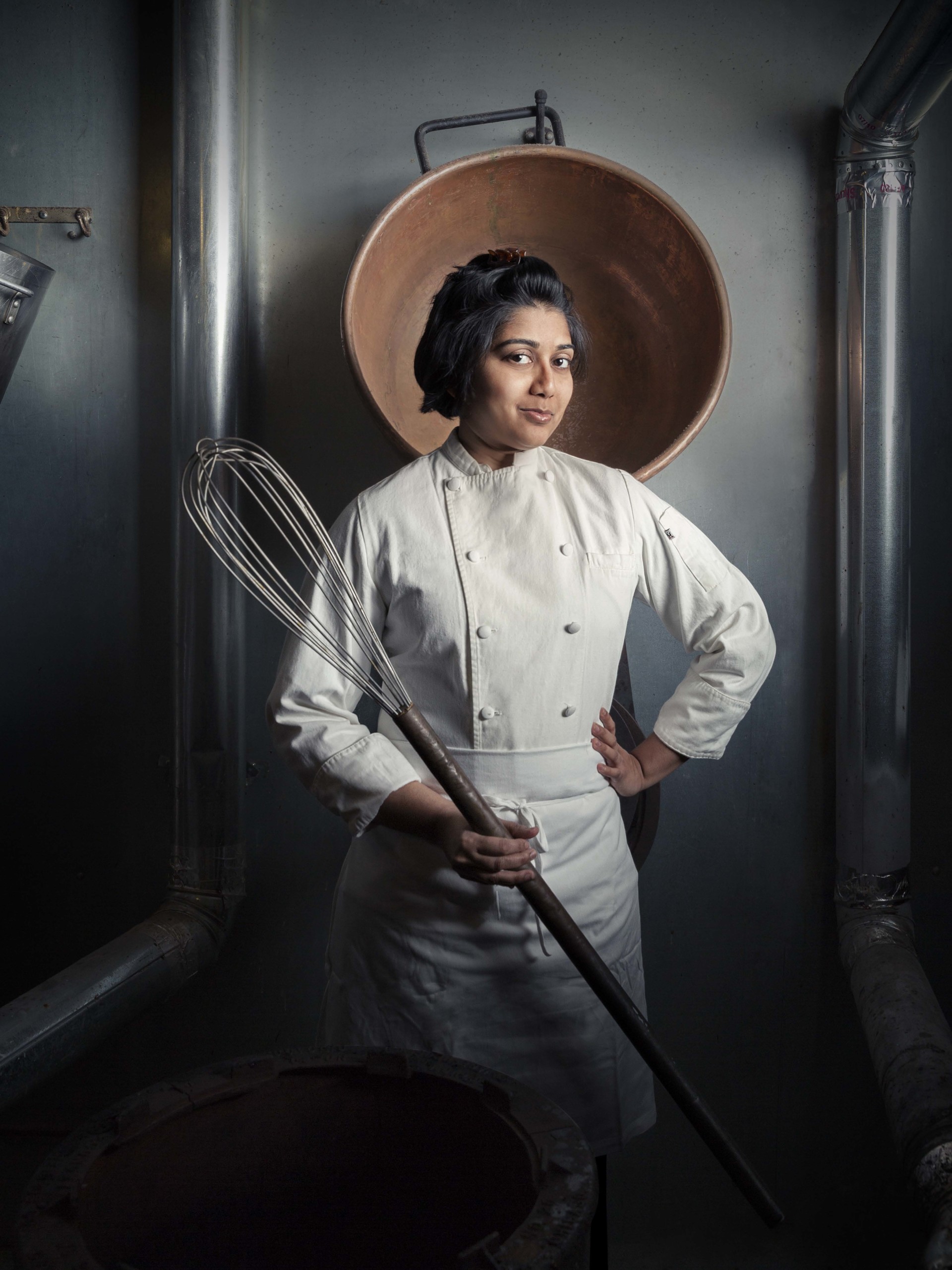
What has the public reaction to Women’s Work been like? Have you faced much trolling? Encouragement? Anything you would do differently if you could start over?
I certainly have seen my share of trolling through the rollout of the project and I expect even more with the book. That said, you can’t make everyone happy and if you react to the trolls all you’re doing is making them happy. I wouldn’t qualify any body of work as successful just by having detractors, but it is a good sign.
Hopefully the book will hit a fever pitch. If it does then there will be the good and the bad in terms of reactions. Up to this point the positive feedback has been overwhelming and I know that we are progressing in terms of the ultimate goals of the book.
What are you working on next? And where can our readers find more of your work?
Very recently we stepped away from our commercial agent and are excited about the opportunity ahead. We had a great run and wouldn’t change a thing regarding our past. That said, we have a really incredible team in house and the shake up is coming at a great time.
We always have commercial projects in production, but as for personal projects I hope to continue working on a body of work based in Oaxaca, Mexico. We are moving along well with a photo/CGI story that I hope to turn into a book, and I have a fantasy/sci-fi short film that I hope to produce later this year. I hope that everyone who reads this can consider buying this book for themselves or someone that they think it could inspire.
Please follow along with our journey via our Instagram @crismanphoto.
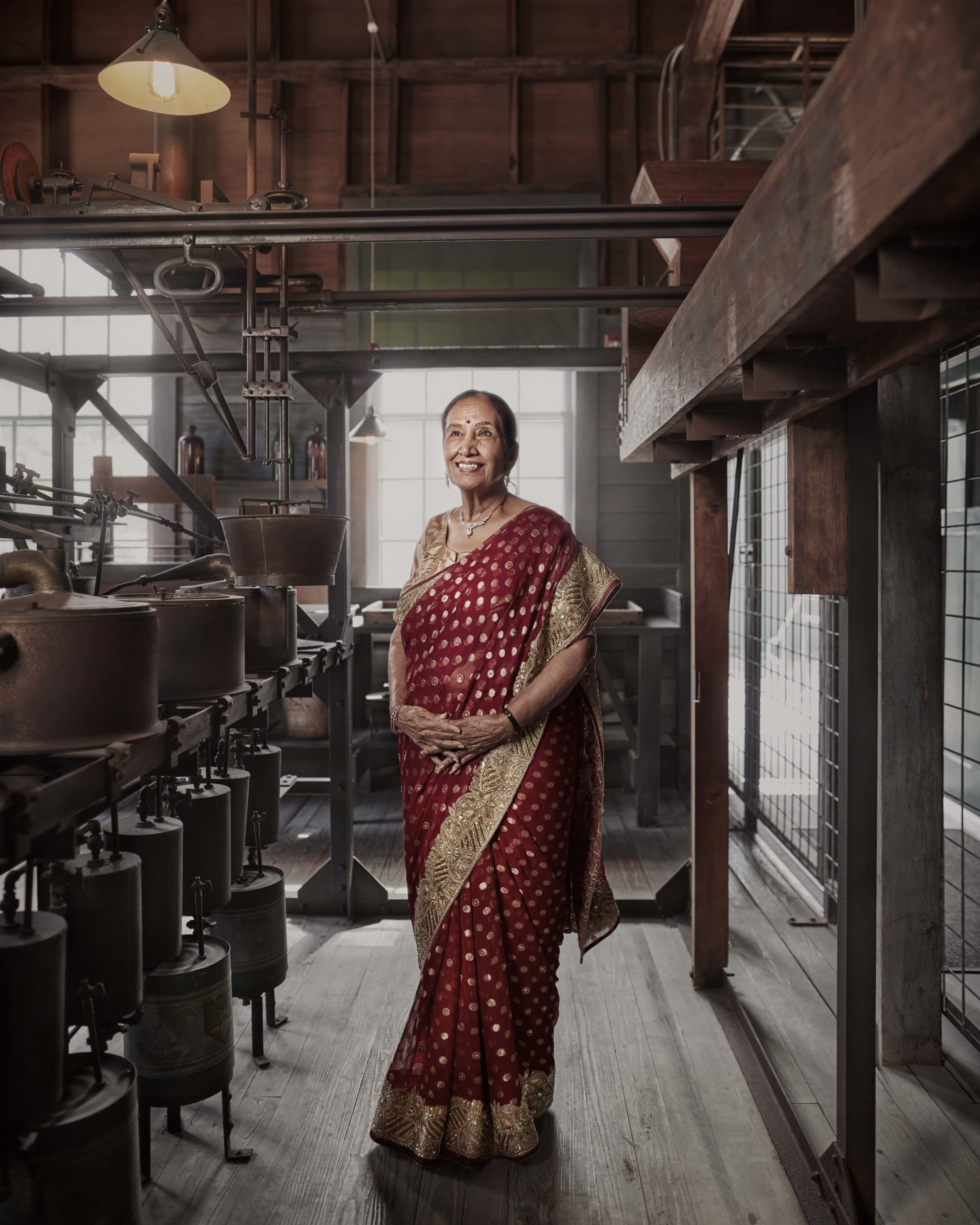
A big thank you to Chris for sharing this project with us and answering our questions in so much depth and detail. To learn more about him and his work, visit his website or give him a follow on Instagram. And if you want to get copy of Women’s Work for yourself, you can pick up the photo book at this link for $35.
Image credits: All photos by Chris Crisman Photography LLC and Simon & Schuster, used with permission.